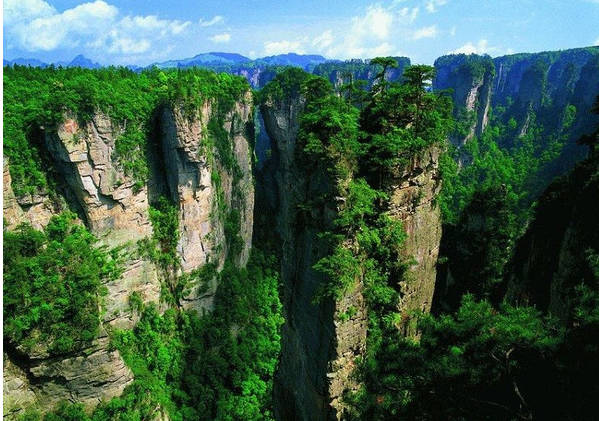Qinghai Lake is the largest inland saltwater lake in China and one of the highest lakes in the world. It was historically known as “Xihai” and also referred to as “Xianhai,” “Xianshuihai,” and “Beiheqianghai.” The name “Qinghai” began to be used after the Northern Wei Dynasty. In Mongolian, it is called “Kukunor,” meaning blue or azure lake. The name Qinghai Lake became widely used in modern times after 1949. It is located in the northeastern part of the Tibetan Plateau, between longitudes 99°36′ to 100°16′ E and latitudes 36°32′ to 37°15′ N.
Qinghai Lake is a tectonic rift lake, with its basin edges connecting with surrounding mountains via faults. The lake began forming between 200,000 and 2 million years ago as an outflow freshwater lake connected to the Yellow River system. However, around 130,000 years ago, due to neotectonic movements, surrounding mountains underwent significant uplift, blocking the original inflow from the Yellow River. This forced water to flow west into Qinghai Lake, leading to the formation of sub-lakes such as Gahai and Erhai, and later, Haiyan Lake and Shadao Lake. During the Northern Wei period, the lake’s circumference was said to be a thousand miles, reduced to 400 kilometers during the Tang Dynasty, and 350 kilometers during the Qing Dynasty’s Qianlong reign. About 20 kilometers from the Buha River delta, there are remnants of ancient lake dikes; the eastern shore has retreated by 25 kilometers, and the western by 20 kilometers, with a water level decrease of approximately 100 meters. Currently, Qinghai Lake is elliptical, with a circumference of over 300 kilometers. In 1908, Russian explorer Kozlov estimated the lake’s surface elevation to be 3,205 meters and its area to be 4,800 square kilometers. In the 1970s, topographical maps indicated a water level of around 3,195 meters and an area of 4,473 square kilometers; in 1988, the water level was 3,193.59 meters with an area of 4,282 square kilometers. From 1955 to 1988, the lake’s water level declined by an average of about 10 centimeters per year. Currently, the lake has a volume of 73.9 billion cubic meters, a length of about 104 kilometers, a width of about 62 kilometers, a maximum depth of 31.4 meters, an average mineralization of 12.32 grams per liter, and a salinity of 1.24%.



